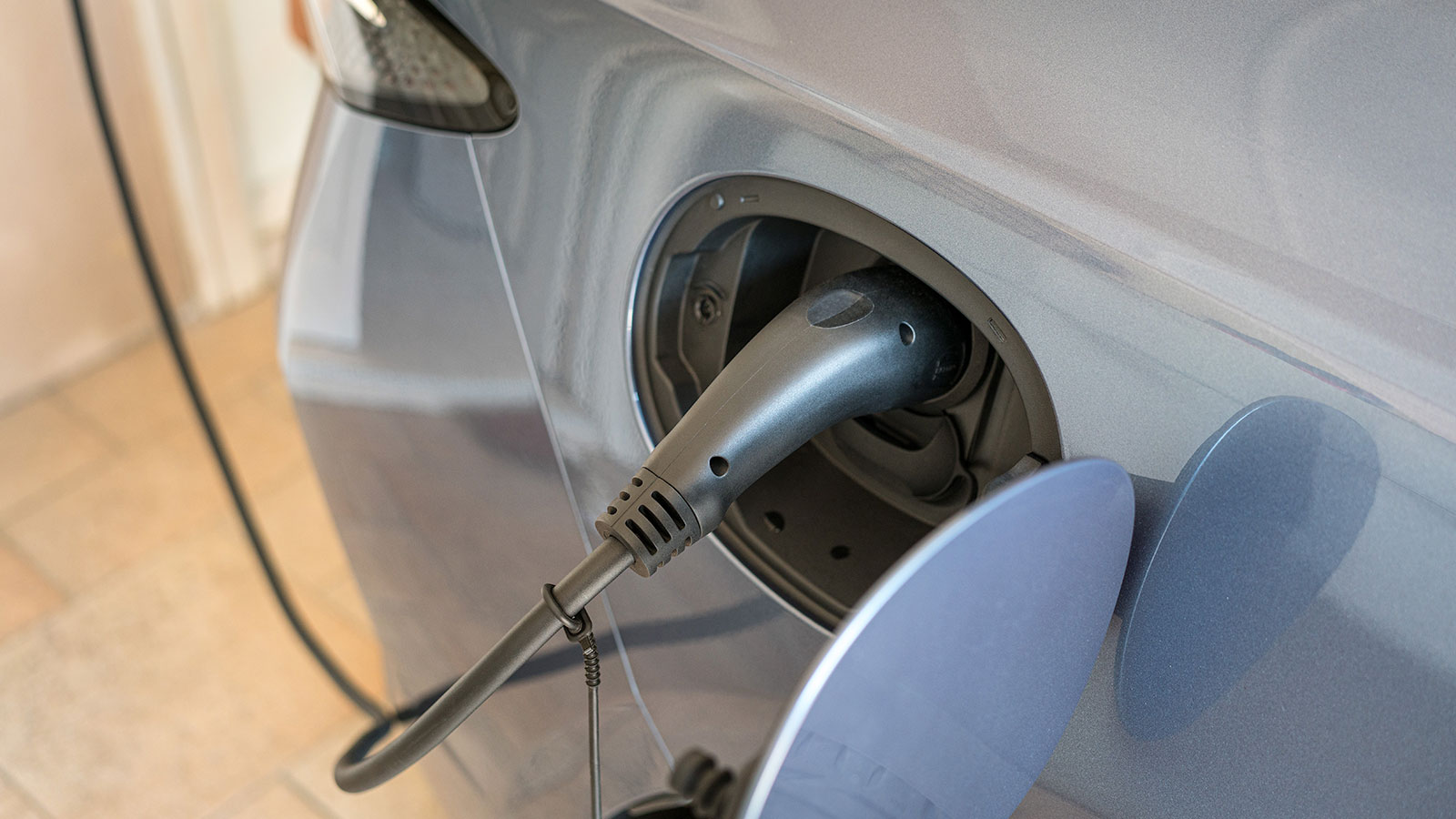The Institution of Engineering and Technology (IET) has published a new standard, known as IET 01:2024, to improve safety in EV charging equipment.
IET 01:2024 standardises the approach for dealing with faults on the public low voltage electrical distribution network, particularly addressing the issue of open protective and neutral (PEN) conductor faults.
IET 01:2024 outlines protection mechanisms for EV charging equipment in case faults occur, such as dangerous voltages on metalwork that could present a risk of electric shock – commonly referred to as an open PEN fault. The new standard aims to provide manufacturers, specifiers, designers, and installers with clear guidelines to enhance safety measures.
The standard also equips installers with the knowledge needed to choose the right charge point for specific circumstances, considering external and environmental influences at the installation site. This is intended to simplify the selection process for designers and electrical installers, leading to increased efficiencies and improved safety for operators, users of EV charging equipment, and the general public.
Under current regulations, EV charging equipment is required to cease charging and completely isolate the vehicle from the charging equipment when certain faults occur on the supply cable in the street. While most manufacturers provide this functionality, the methods vary, causing confusion in selecting the most suitable equipment and installation approach. IET 01 seeks to establish a standard way for EV charging equipment to operate under these conditions.
Mark Coles, Head of Technical Regulations at the IET, commented, “Embracing the EV transition means that both electric cars and the required vehicle charge points have become commonplace both on-street and outside homes. The positioning of EV charging equipment presents challenges to the designer and installer and must be supported by requirements and methods of operation that ensure the safety of EV equipment and users. To meet the UK Government’s targets for net zero, many, many more chargepoints need to be installed. The challenges faced by installers are not going away and, with the demand for more power to charge EVs, the risk of lost PEN incidents is increasing.
“IET 01 has been developed over the course of several years by consensus of a technical committee comprising stakeholders from across industry and facilitated by the IET as part of our commitment to the advancement of engineering excellence. IET 01 is not a static document and will be continually developed through consensus and in response to public feedback and consultation. It is the IET’s ambition for IET 01 to be adopted by those working with EV systems and installations, and to be considered by the relevant regulatory committees.”

